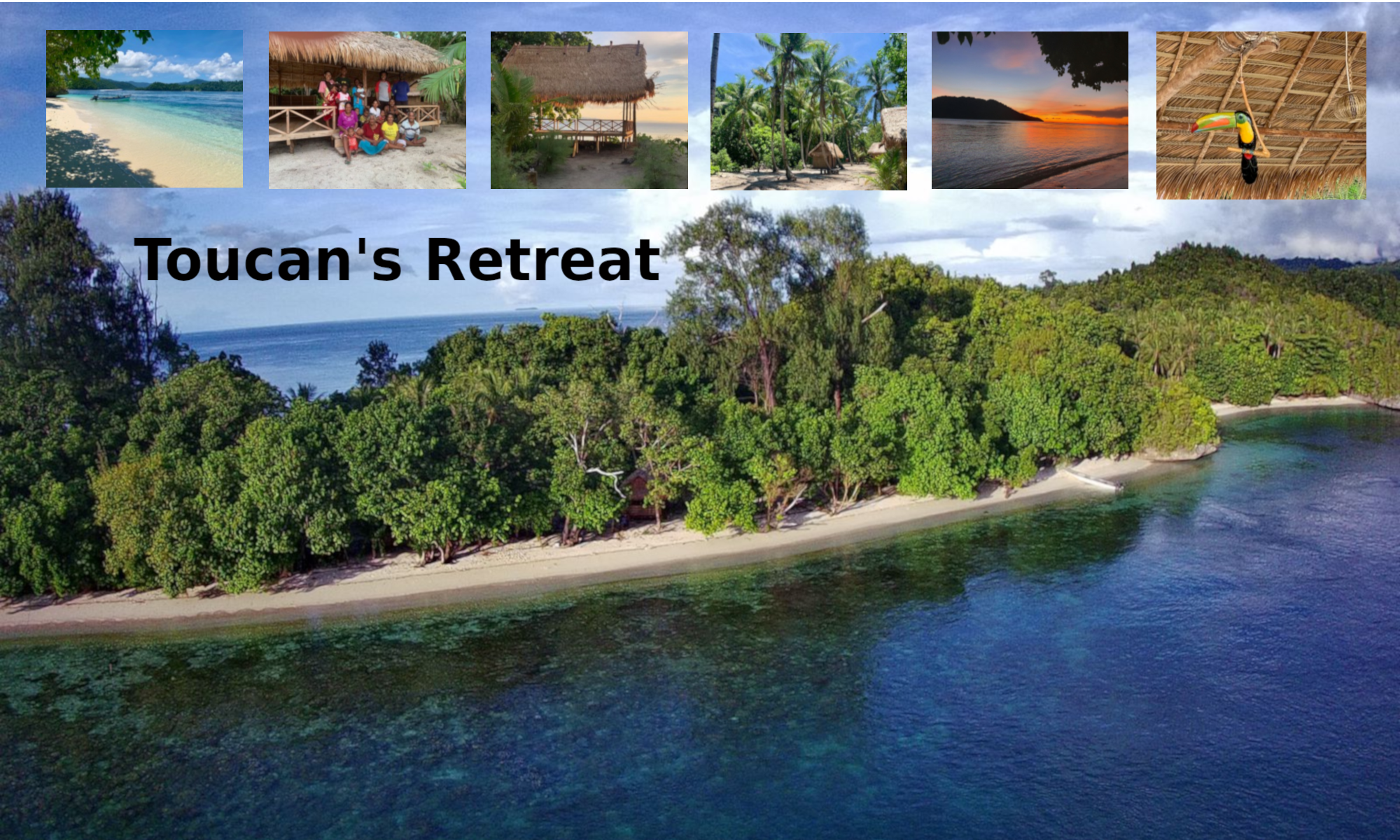 About 80NM south of the main island of Viti Levu is one of the largest barrier reefs in the world – the Great Astrolabe Reef, named after the French explorer’s ship that nearly came a cropper there in 1827. North Astrolabe is uninhabited, whereas South Astrolabe encircles numerous small islands and the much larger Kadavu Island. The whole area is relatively unspoilt and a renowned diving location, so of course it was on our ‘must do’ list while in Fiji.
About 80NM south of the main island of Viti Levu is one of the largest barrier reefs in the world – the Great Astrolabe Reef, named after the French explorer’s ship that nearly came a cropper there in 1827. North Astrolabe is uninhabited, whereas South Astrolabe encircles numerous small islands and the much larger Kadavu Island. The whole area is relatively unspoilt and a renowned diving location, so of course it was on our ‘must do’ list while in Fiji.
It was too far from the mainland to make it in one day, so we did an overnight stop in pretty Malamu Bay in Beqa Lagoon, just a couple of hours away from Pacific Harbour. The Bay extends way down into the mangroves, but we chose to anchor just to the south of the Lalati Resort (anchorage position 18 22.391S, 178 08.973E) so we could make a quick getaway through the pass the next morning.


The next morning the wind was very light (read non-existent) so we motored the whole way on a glassy sea, hoping the monotony might be broken by a fish on the end of our trolling lines. No such luck unfortunately.
There was still plenty of daylight left by the time we were nearing our destination, and given the unusual millpond conditions we decided to check out North Astrolabe reef. Like Minerva Reef (which we never got to, despite trying twice), this reef is, well, just a large circular reef with one entrance into the lagoon. There’s no land, no vegetation, just an ancient non-working lighthouse built on a rock in the centre of the reef, now home to nesting sea-birds. Much of the surrounding reef rarely breaks the surface even at low-tide, so there’s very little surf to give away the danger lurking below. No wonder the early explorers had a tough time navigating here. We entered the pass and found a sandy spot to drop the hook, far enough away from the numerous coral bommies to avoid our chain getting wrapped and then settled in for an evening of solitude. Just us, anchored inside a reef in the middle of the ocean, with a beautiful sunset and the gentle swell to rock us to sleep. Heaven.



The next morning we dived the wall on the outside of the reef, just to the west of the pass. The water clarity was superb but there was less soft coral or marine life than we were expecting. In fact it would have been a disappointing dive except for the large hammerhead shark cruising up the wall towards us! OMG! My first hammerhead and my camera battery was dead, arrghhh! The shark veered off out into the blue when it spotted these strange bubble-blowing fish, but I must admit I spent the rest of the dive looking over my shoulder and wondering if it would make a return visit.
Back on the surface, the gentle swell had become a bit more substantial so we decided to call it quits on our private reef encounter and head to the better protection of South Astrolabe Reef, just a few miles away.


Hello, this is Russ Rowlett, webmaster of the Lighthouse Directory (www.unc.edu/~rowlett/lighthouse/), hosted at the University of North Carolina, USA. You have a great photo of the Astrolabe Reef lighthouse, and I hope you will allow me to use it on the Directory’s page for Fiji (www.unc.edu/~rowlett/lighthouse/fji.htm). The Directory is an educational project, completely non-commercial. Of course I have included your copyright and a link to this page. Please take a look (last photo on the page); I sincerely hope you will think this is a fair use of your photo.
Hi Russ,
That’s absolutely fine, glad I could contribute to your directory!